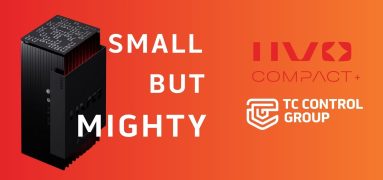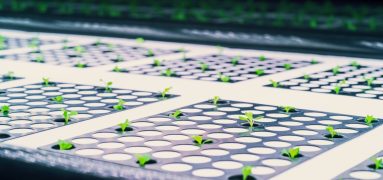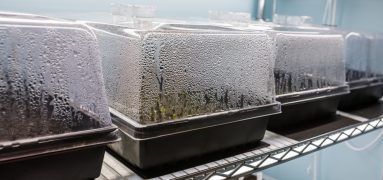What is LAI?

Why Leaf Area Index Matters to Your Grow
To understand your crop’s canopy, you must understand leaf area index, or LAI.
What LAI Is
LAI is a ratio rather than a physical quantity. For example, a canopy with a LAI of 1 has a 1:1 ratio of leaf surface area to ground surface area. A dense rainforest would have a high LAI, such as 6 or 7, while a desert would have an LAI of less than 1.
Why It's Important to Understand LAI
It’s important for growers to understand their crop’s LAI because it can lend insight into how much light exposure the crops are getting and how it affects their growth rate.
Depending on where your plants are in their growth cycle, your LAI being too high or low could cause them to suffer.
Growers will want to keep an eye on the LAI throughout the life of their plants. If the LAI is too high in mature crops, the lower leaves won't get enough light. This is especially true for plants whose flowers and fruits grow close to the ground.
Knowing and understanding the LAI of your crops and how it impacts their growth can help you adjust your grow light intensity/positioning to ensure that your lighting is being utilized to maximum efficiency.
How to measure LAI
The formula for LAI is:
leaf area / ground area
It can be calculated in m2, cm2, or in2.
There are many ways to measure LAI. Some methods are better for research purposes, while some are better for growers. Traditionally, LAI has been calculated by harvesting all the leaf coverage in a certain area. However, that method is very destructive and counterintuitive to a grower’s mission as it eliminates an area of crop.
Nowadays, there are sensors that you can install to help calculate LAI. The technology is still developing, but there is plenty of research going into the best ways to measure it.
Want to learn more about lighting, sensors, or understanding your crop’s canopy in general? Explore our site or contact our experts to discover what your grow is capable of.



